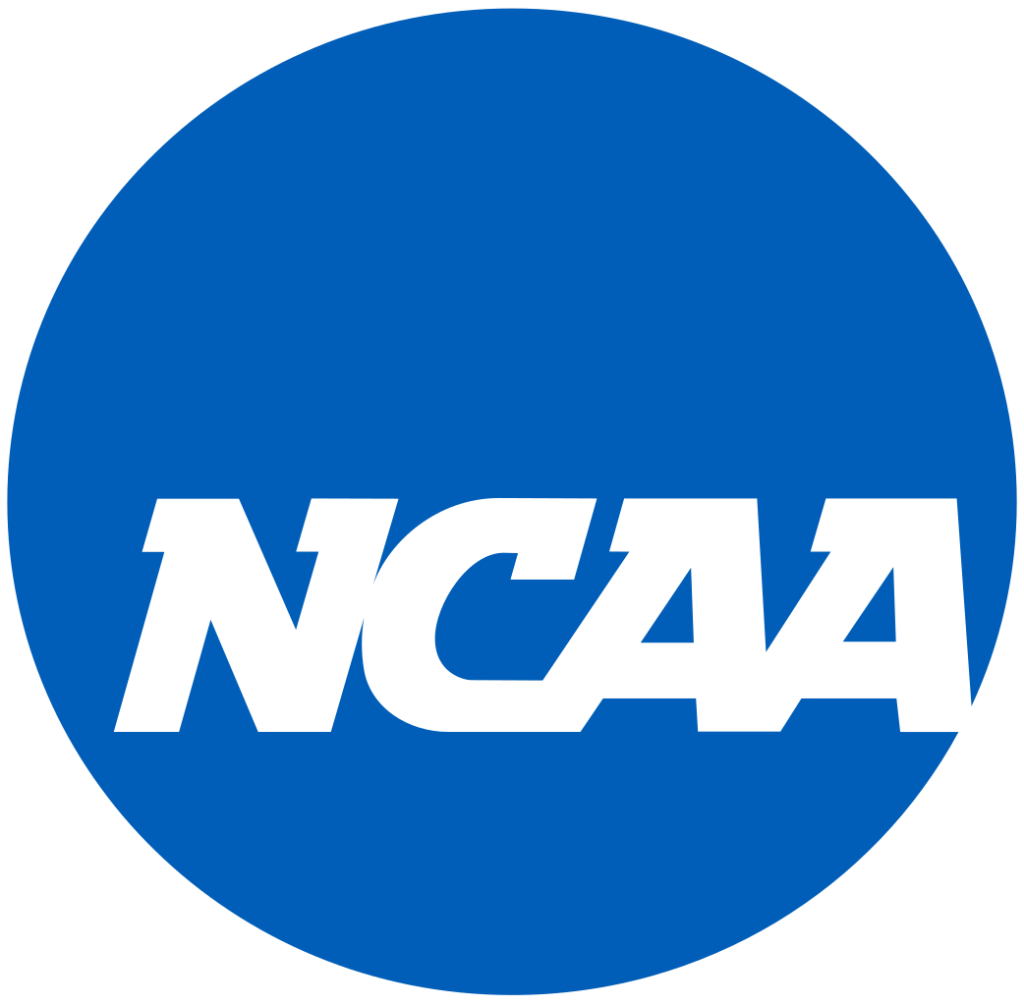Ad Disclosure
NCAA Supports Rule Changes Allowing Athletes to be Paid for Endorsements and Promotions

The NCAA has fought tooth and nail against the concept of student-athlete pay, even as public sentiment shifted over the years to favor college kids earning some money via their name, image, and likeness.
Opponents will often argue that football and basketball players are getting a “free education,” which is a reasonable take, but that doesn’t factor in the millions of dollars they generate in revenue for the university, a portion of which they can legitimately claim belongs to them. This is part of the reason why a number of highly-ranked college basketball prospects recently decided to skip college and go straight to the G-League instead.
Anyway, the NCAA Board of Governors met this week and is now supporting rule changes as such:
…the Board of Governors supported rule changes to allow student-athletes to receive compensation for third-party endorsements both related to and separate from athletics. It also supports compensation for other student-athlete opportunities, such as social media, businesses they have started and personal appearances within the guiding principles originally outlined by the board in October.
While student-athletes would be permitted to identify themselves by sport and school, the use of conference and school logos, trademarks or other involvement would not be allowed. The board emphasized that at no point should a university or college pay student-athletes for name, image and likeness activities.
…
The board’s recommendations now will move to the rules-making structure in each of the NCAA’s three divisions for further consideration. The divisions are expected to adopt new name, image and likeness rules by January to take effect at the start of the 2021-22 academic year.
It’s a start, but if you’re wondering about college sports and video games, this doesn’t really change anything, unfortunately:
How does today’s NIL news impact the return of NCAA video games? From the working group report: pic.twitter.com/7jRNf4Mwkn
— Max Olson (@max_olson) April 29, 2020
There are more tidbits like this in the working group report, which is 31 pages long. If you’re super bored and wanted to read the entire thing, click on the hyperlink in this text.
Kevin has been writing about Philadelphia sports since 2009. He spent seven years in the CBS 3 sports department and started with the Union during the team's 2010 inaugural season. He went to the academic powerhouses of Boyertown High School and West Virginia University. email - k.kinkead@sportradar.com